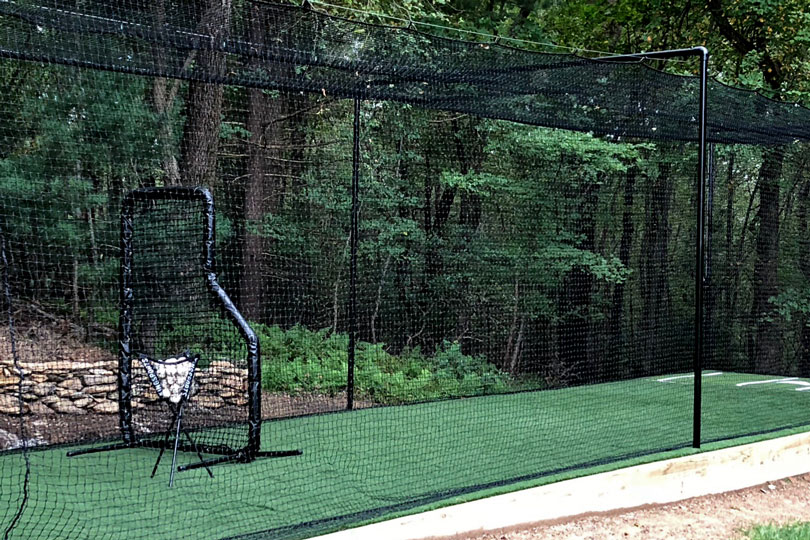The Evolution of the Football Libero: From Catennaccio to Total Football

The libero is a defensive position in football, originating from Italy. The term “libero” means “free”, and the libero is traditionally the last line of defense, although this has changed over time. While modern liberos do not necessarily need to be tall or strong, they are generally more comfortable on the ball than their teammates, allowing them to start attacks from deep positions. This article explains how the evolution of zonal defense led to the birth of both zonal-marking liberos and attacking liberos.
What is a Libero?
The libero is a defensive position. It’s a sweeper-type defender, meaning the player in this role has extra freedom to roam and cover ground in front of their team’s defense. The libero plays in the back line of the defense, typically with two other central defenders and possibly one or two fullbacks behind him or her to provide support when needed.
You can find the latest news and information about football in Peluitpanjang.com. The term ‘libero’ comes from Italian and means “free”–this refers to how this player is allowed more freedom than others on his or her team (in terms of movement off-the-ball).
The Origins of the Libero
The libero is a defensive midfielder in football, who specializes in sweeping up any through balls played by the opposing team. The position was first used in Italian football in the late 1930s but didn’t become popular until after World War II.
The role of the libero was originally to sweep up any through balls played by an opposing team’s forwards. As such, they often stayed further back than normal central midfielders and were tasked with covering space rather than tracking runners or pressing opponents. These responsibilities led to them being referred to as “sweepers”–and eventually just “liberos.”
The Introduction of zonal defense in Italy
The introduction of zonal defense in Italy is a fascinating story. The defensive scheme was first introduced by Helenio Herrera at Inter Milan in the 1960s, and it helped him win two European Cups (1964 & 1965) as well as an Intercontinental Cup (1964).
Herrera’s team played what was called “Catenaccio,” which means “door bolt” in Italian–a system of defending where players sit deep behind the ball and try to keep possession while preventing opponents from scoring goals.
Zonal defense and the birth of the football libero
The evolution of the football libero began with a man named Helenio Herrera. In 1957, Herrera introduced zonal defense to Serie A (the top flight of Italian club football). He was head coach at Inter Milan from 1961-64 and won three consecutive Serie A titles with his team known as “Grande Inter.”
In addition to his success on the pitch, Herrera is credited with being one of the first coaches who emphasized fitness over tactics. He also invented what became known as “Herrera’s diamond formation”–a 4-4-2 system that featured four defenders instead of five and two attacking midfielders instead of one deep-lying playmaker or defensive midfielder sitting between them in front of two center backs.
This formation would later evolve into a 3-5-2 shape used by many European teams today including Chelsea FC under manager Antonio Conte during their 2016/17 Premier League championship season where they utilized wingbacks Victor Moses on one side and Marcos Alonso on another while having N’Golo Kante sit behind them protecting their backline just like defensive midfielders do today when playing against teams like Liverpool FC who use similar systems involving wingbacks Adam Lallana (left) and Alberto Moreno; both players are capable attackers but also provide cover defensively when needed due to their positions allowing them access closer towards goal rather than centrally where most players find themselves defending from depending on which side attacks more often during matches.
Catenaccio and the birth of the modern Libero
The Catenaccio system was a defensive system that was introduced in the 1950s. It’s named after the Italian word for “bolt,” as it was designed to lock down the opposition and prevent them from scoring.
This is how it worked: If a team was attacking, all of its players would stay at the back of their box and defend against any attacks on goal. If they had possession of the ball and were trying to score themselves, they would also try to keep it away from their opponents’ goal as much as possible. This meant that there could be long periods where neither side would attack or defend — just pass back and forth between each other until one team lost patience or made an error.
Traditionally, a libero was a sweeper-type defender who would play deep in his half.
The traditional libero is a sweeper-type defender who would play deep in his half. The role of the libero was to sweep up behind the back line, relieving pressure on it by intercepting passes and breaking up plays. The name “libero” comes from Italian and means “free,” which is fitting for this position as it’s the only player allowed to play the ball with his hands; all others must use their feet or head (or body).
The most famous example of a traditional libero is Franz Beckenbauer: he played at right full-back, but was given special dispensation by FIFA so that he could use his feet rather than just using them as weapons like everyone else did back then!
The libero is one of the most important positions in football. The evolution of this position has been driven by the need for teams to find ways to stop their opponents from scoring goals. As tactics become more sophisticated and teams develop new styles of play, so must the players who make up those teams.


